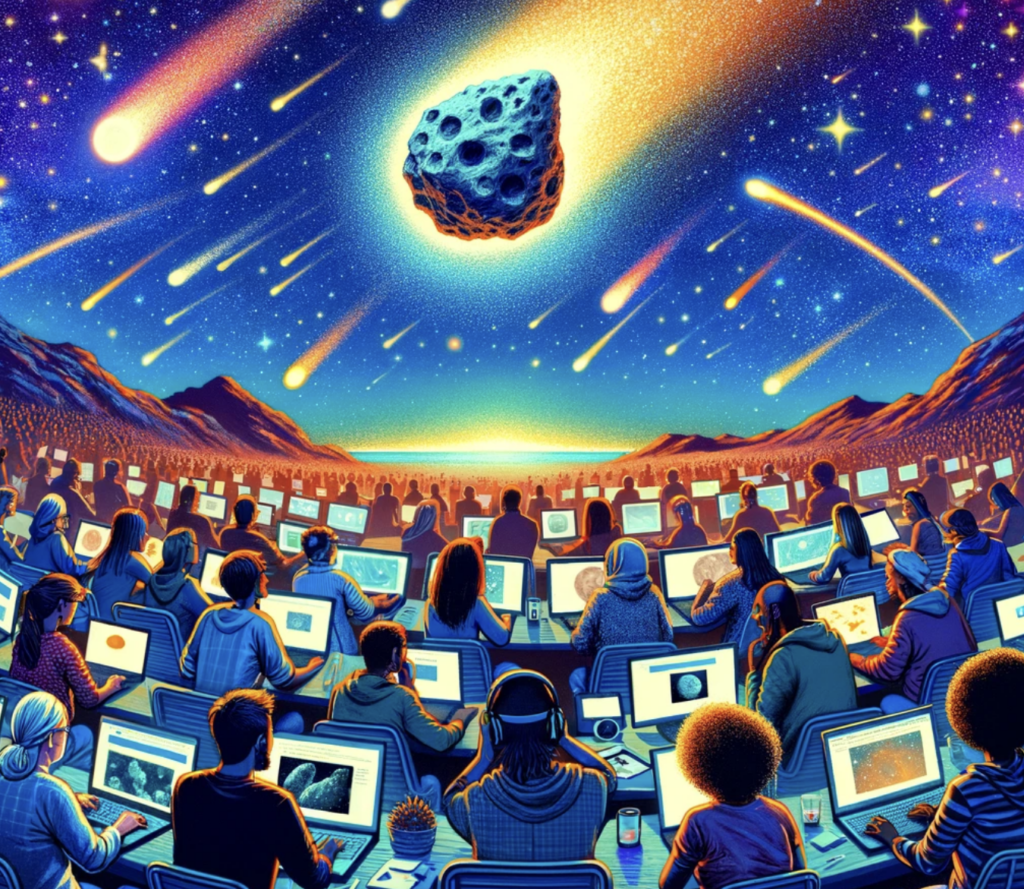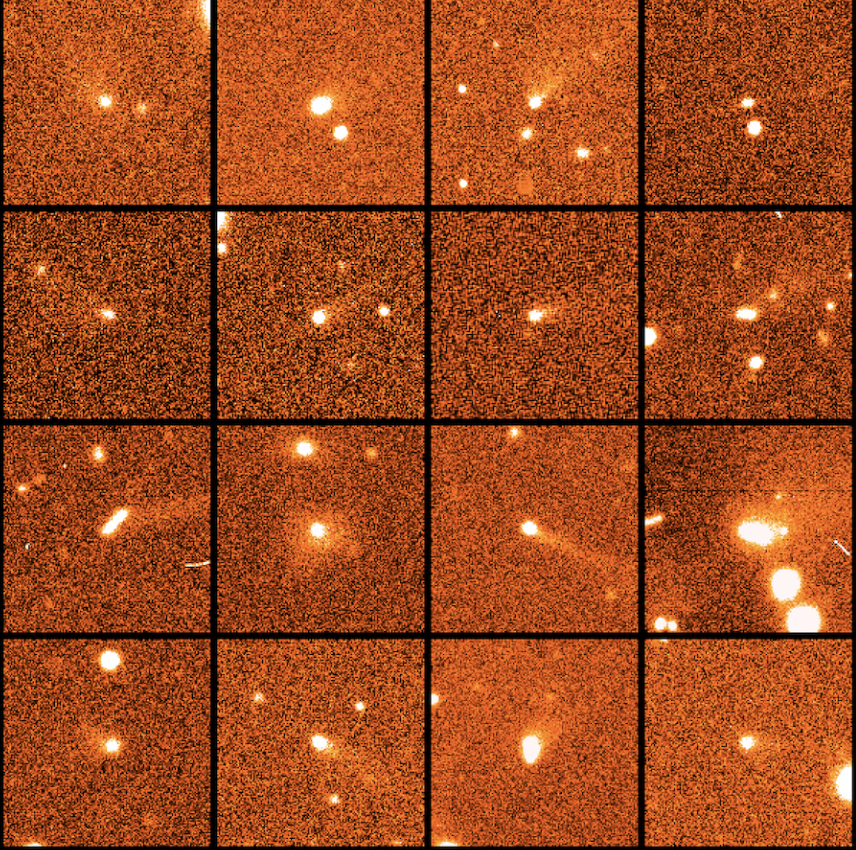
A Treasure Trove of Discoveries Revealed in New Article by Zooniverse Project Active Asteroids
In an innovative exploration that intertwines the realms of astronomy and Citizen Science, a new publication unveils the first results of the Active Asteroids Citizen Science Program. Spearheaded by Colin Orion Chandler (DiRAC Institute, University of Washington) and a formidable team of researchers, this initiative has embarked on an audacious mission: to enlist the help of the public in uncovering the secrets of our solar system’s elusive active asteroids. These intriguing celestial bodies, akin to asteroids with comet-like tails or comae, have long captivated scientists and enthusiasts alike. Yet, their rarity and the challenge of identification have shrouded them in mystery.

Harnessing the power of NASA’s partnership and the online Citizen Science platform Zooniverse, the project has made significant strides since its launch in August 2021. With over 9,000 volunteers participating, the collective effort has scrutinized approximately 500,000 images from the vast archives of the Dark Energy Camera (DECam), an instrument on the Blanco 4-meter telescope atop Cerro Tololo, Chile. This massive undertaking has not only democratized scientific research in the study of active asteroids but has also led to the identification of previously unknown activity in 16 solar system bodies (Figure 1) — findings that are improving our understanding of the solar system. Furthermore, the program has unearthed activity in known objects during previous orbital epochs, offering new insights into their behavior and classification.
The success of the Active Asteroids Citizen Science Program exemplifies the transformative potential of Citizen Science in astronomical research. It highlights how the collective effort of volunteers, armed with curiosity and supported by cutting-edge technology, can uncover secrets of the cosmos. Notably, nine of the paper’s authors are themselves Citizen Scientsits from the Active Asteroids project. “For me, Active Asteroids present an opportunity to contribute to science through professional methods,” said Virgilio Gonano, a Citizen Scientist author from Udine, Italy. “I can interact directly with both professional and amateur astronomers. For an amateur astronomer like me, it’s a dream come true!
As the program continues to unveil new discoveries, it invites us all to ponder our place in the expanse of our own solar system and beyond. Anyone interested can participate today in the ongoing endeavor by visiting http://activeasteroids.net.

Contact:
LINCC Frameworks Project Scientist and Postdoctoral Scholar
DiRAC Institute and the University of Washington
coc123@uw.edu
1 206 543 2888
About the DiRAC Institute
The University of Washington’s Institute for Data-Intensive Research in Astrophysics and Cosmology (DiRAC) brings together the diversity of expertise — from astrophysics, data science, to software engineering — needed to build the world’s most advanced datasets and algorithms, and use them to explore and understand the universe. DiRAC scientists play a major role in the construction of Rubin Observatory and the development of next-generation software tools through the LINCC program. Learn more at https://dirac.astro.washington.edu/.